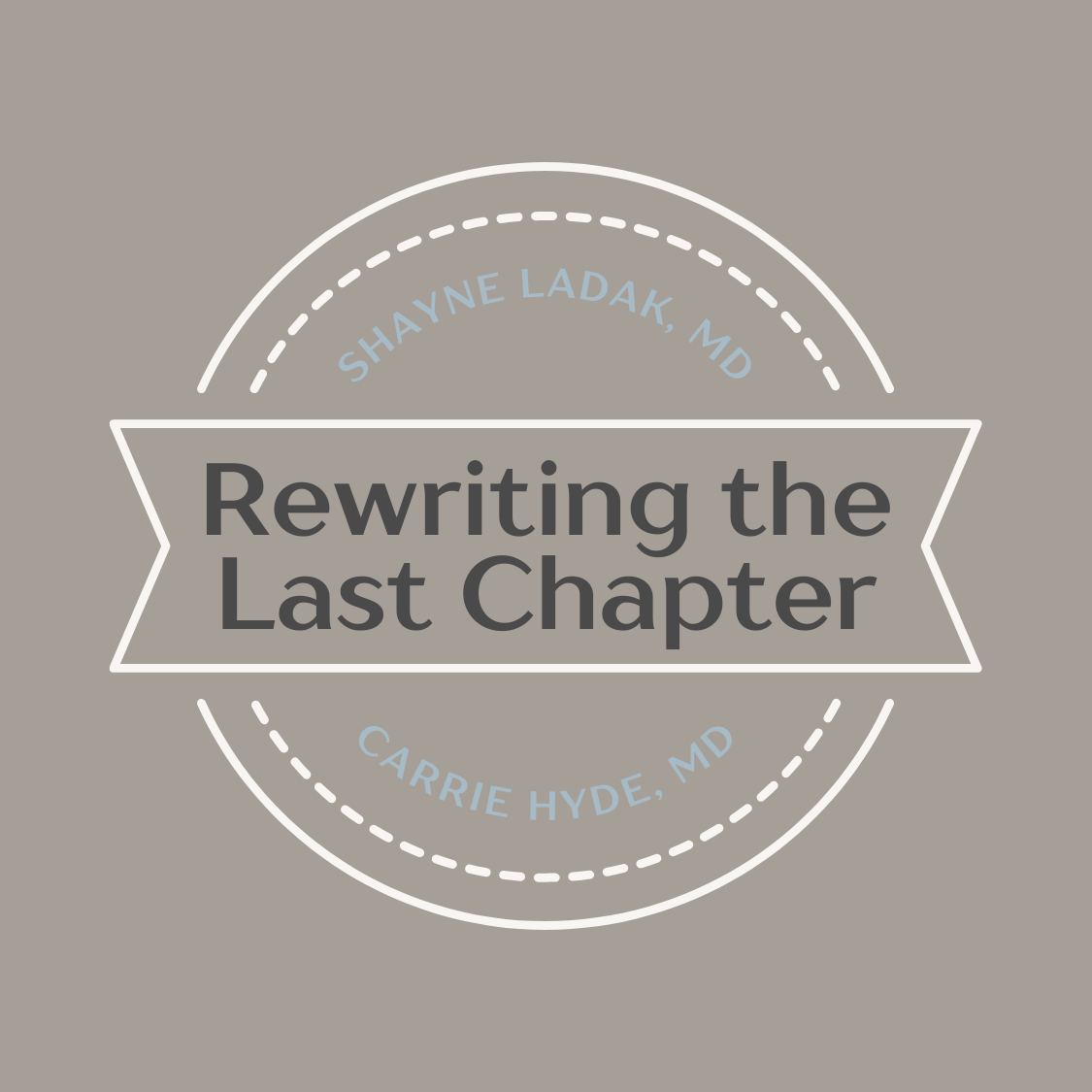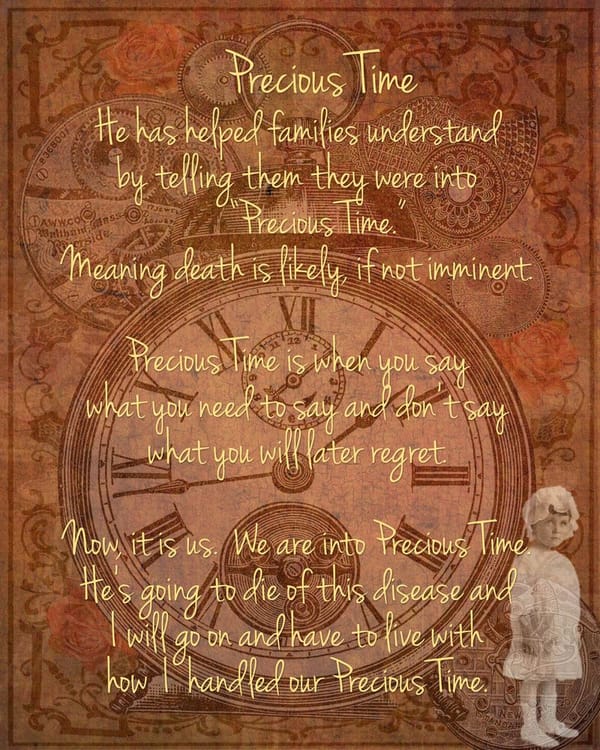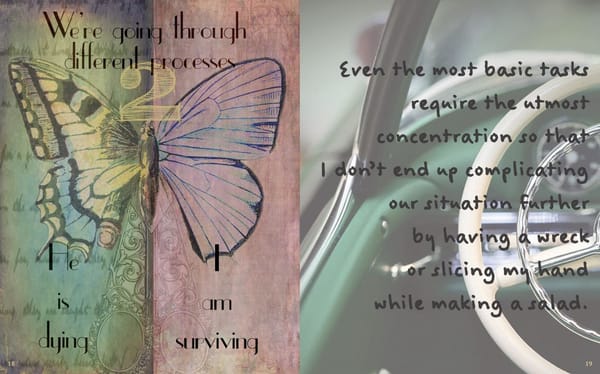The Hidden Population: Older LGBTQ+ Adults Living Alone in Palliative and Hospice Care

In the realm of serious illness and end-of-life care, connection often serves as a form of medicine. Whether it’s through family caregivers, close friends, or community networks, those with support systems tend to navigate palliative care more safely and meaningfully. But for many older LGBTQ+ adults, especially those who live alone, these networks may be absent, tenuous, or invisible to the healthcare system.
Often referred to as a "hidden population," older LGBTQ+ adults living alone represent a significant and underserved demographic in hospice and palliative care. Their needs are frequently overlooked due to cultural assumptions about aging, family structures, and caregiving. As professionals dedicated to equity and dignity at life’s end, we must bring this population into clearer focus and design systems of care that reflect their realities.
The Demographics Behind the Isolation
Research estimates that approximately one-third of LGBTQ+ adults over age 65 live alone, compared to about one-fifth of their heterosexual counterparts. They are also twice as likely to be single, and four times less likely to have children. Many came of age during times of criminalization and discrimination, leading to lifelong distrust of institutions, fractured family ties, and marginalization that compounds with age.
These factors can result in a severe lack of informal caregiving resources. For the palliative care team, this means that the very infrastructure on which home-based care depends—family caregivers, transportation, medication support, advocacy—is often missing. Left unaddressed, this absence contributes to delayed hospice referrals, missed palliative opportunities, and even preventable suffering.
Clinical Implications of Social Isolation
Social isolation and loneliness are now recognized as independent predictors of poor health outcomes, including increased mortality, depression, and functional decline. In palliative care, these risks take on heightened significance. An isolated patient living alone may:
- Struggle to manage medications or symptoms without assistance
- Delay or avoid seeking help due to fear or past trauma
- Be unable to access advance care planning conversations
- Experience rapid functional deterioration without observation
- Die alone, without the presence of a partner or chosen family
For LGBTQ+ patients, these risks are further compounded by systemic barriers. Many fear being misgendered, judged, or “outed” when receiving care. Others worry that their privacy and dignity won’t be respected by visiting providers. These fears are not unfounded—numerous surveys of LGBTQ+ older adults describe experiences of discrimination, refusal of care, or dismissiveness in healthcare settings.
Understanding the Role of Chosen Family
For LGBTQ+ elders without traditional support systems, chosen family—close friends, neighbors, community members, ex-partners—often provide the emotional and logistical scaffolding for care. However, chosen family may not have legal standing as surrogate decision-makers or be included in medical discussions unless explicitly authorized by the patient.
Hospice and palliative professionals must be intentional in asking about these networks, documenting them appropriately, and including them in the patient’s care. Intake forms and assessments should go beyond “next of kin” to ask: Who do you trust? Who do you consider family? Who can help you at home?
Strategies for Supporting LGBTQ+ Elders Living Alone
1. Proactive Identification and Outreach
Many isolated LGBTQ+ elders may be reluctant to self-identify or seek palliative care due to past medical trauma. Building trust takes time and cultural humility. Consider partnering with LGBTQ+ aging centers, advocacy groups, or inclusive senior housing programs to identify at-risk individuals early and offer support.
2. Inclusive Assessment Tools
Use language that affirms identity and encourages disclosure of social support systems. Don’t assume someone who lives alone is without community—ask explicitly about spiritual affiliations, trusted friends, or informal caregivers who might help coordinate care.
3. Prioritize Advance Care Planning
For those who live alone and lack legal caregivers, early documentation of healthcare proxies, living wills, and emergency contacts is critical. Engage social workers and legal aid resources to ensure that chosen family can participate in care decisions when the time comes.
4. Address Practical Barriers
Patients without caregivers may need extra help with transportation, meal prep, medication administration, and safety. Collaborate with community paramedicine programs, home health agencies, or hospice volunteer services to creatively fill these gaps.
5. Counteract Loneliness Through Presence
Your presence matters. Consistent home visits, meaningful conversations, and gentle touch (with consent) can serve as lifelines for patients who otherwise have no social interaction. Volunteers trained in LGBTQ+ cultural humility can also offer companionship.
6. Create Community-Based Solutions
Work with local LGBTQ+ groups to develop drop-in programs, grief circles, or palliative-friendly peer navigator models that offer emotional support to those aging alone. Hospice agencies can take the lead in fostering safe spaces and reducing isolation.
7. Train Staff in Cultural Competency and Humility
Every staff member who enters a patient's home should be trained in inclusive practices: asking for pronouns, avoiding assumptions, using affirming language, and understanding the historical trauma LGBTQ+ elders may carry. Cultural humility is a mindset, not just a module.
A Call to Visibility
One of the greatest barriers facing older LGBTQ+ adults living alone is invisibility. Their stories are rarely told in mainstream discourse on aging or end-of-life care. As hospice professionals, we have the privilege—and responsibility—to make them visible.
Their courage, resilience, and complexity deserve to be met with respect, planning, and presence. Let us create care systems that not only see them but embrace them as they are.
In a world that too often left them outside the circle of family and safety, hospice can become a place of belonging.
References
Fredriksen-Goldsen KI, Kim HJ, Bryan AEB, Shiu C, Emlet CA. The cascading effects of marginalization on health and well-being in older LGBTQ adults: A systematic review of the literature. J Gerontol Soc Work. 2017;60(7):569–595.
MAP & SAGE. Understanding Issues Facing LGBT Older Adults. Movement Advancement Project and SAGE (Services & Advocacy for GLBT Elders), 2017.
https://www.lgbtmap.org/file/understanding-issues-facing-lgbt-older-adults.pdf
Stein GL, Beckerman NL, Sherman PA. Lesbian and gay elders and long-term care: identifying the unique psychosocial perspectives and challenges. J Gerontol Soc Work. 2010;53(5):421-35. doi: 10.1080/01634372.2010.496478. PMID: 20603752.
Institute of Medicine (IOM). The Health of Lesbian, Gay, Bisexual, and Transgender People: Building a Foundation for Better Understanding. The National Academies Press; 2011.
SAGE (Services & Advocacy for GLBT Elders). Inclusive Services for LGBT Older Adults: A Practical Guide to Creating Welcoming Agencies. 2020.
https://www.sageusa.org/resource-posts/inclusive-services-for-lgbt-older-adults/





